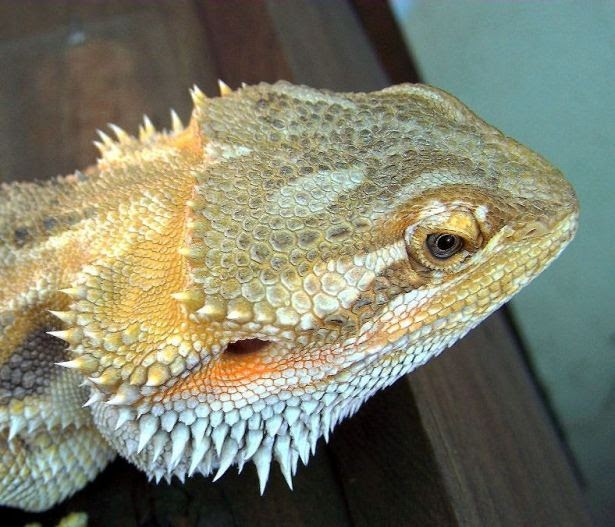The Ultimate Guide to Bearded Dragon Body: Understanding Your Pet's Anatomy
Introduction
Bearded dragons are one of the most popular reptile pets among beginners. They are docile, easy to care for, and have an interesting appearance with a spike-covered body and beard.
As a newbie pet owner, it’s important to understand the basic anatomy of your bearded dragon. Knowing what each part of their body is and what it does can help you better care for your pet and quickly recognize any potential health issues.
Head and Neck

A bearded dragon’s head is triangular-shaped and has a unique feature – a beard that can puff up when they feel threatened or excited. Within their mouth, they have a variety of small, sharp teeth that they use to eat their prey.
The neck of a bearded dragon is a flexible joint that allows them to turn their head in different directions. However, when a bearded dragon is feeling threatened, they will often tuck their head and neck down to protect themselves.
Limbs
Bearded dragons have four limbs that are made up of bones connected by joints. Their front limbs end in little fingers with sharp claws that they use to climb and grip onto surfaces. The back limbs are larger and more muscular, allowing them to run and jump.
- Bearded dragons can drop their tail as a defense mechanism if they feel threatened.
- Their tail is important as it stores fat and water, helping them survive in the wild.
- The tail will eventually grow back after it’s been dropped.
Body

A bearded dragon’s body is covered in little spikes that run down their back and tail. These spikes act as a form of protection against predators. The skin on their belly is smooth and can sometimes change color depending on their mood or environment.
The main part of their body is their torso, which houses their organs and digestive system. It’s important to keep a close eye on this area, as swelling or discoloration can be a sign of infection or disease.
Conclusion
Understanding the anatomy of a bearded dragon can go a long way in ensuring their health and happiness. Regular check-ups with a veterinarian who specializes in reptile care can also help identify potential health issues early on.
